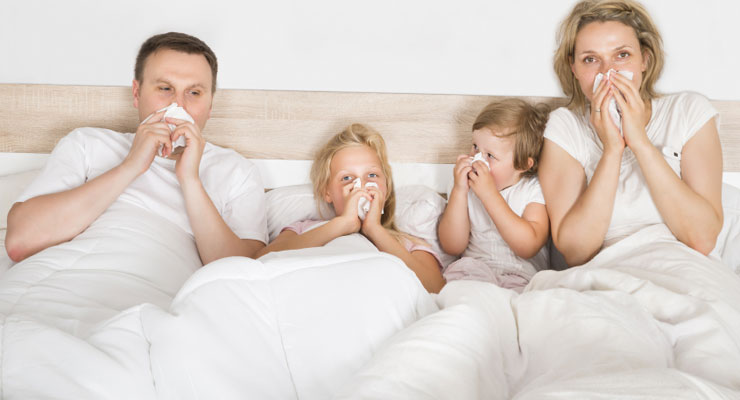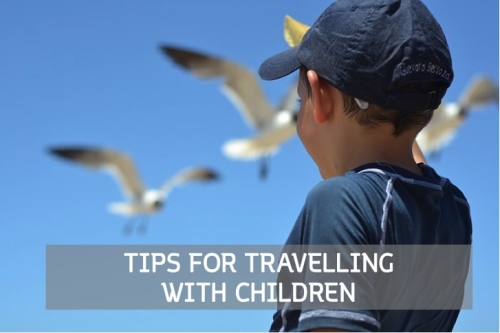
Why is child health important?
The early years of a child’s life are very important for their health and development. Healthy development means that children of all abilities, including those with special health care needs, are able to grow up with their social, emotional and educational needs met. Having a safe and loving home and spending time with family―playing, singing, reading, and talking―are very important. Proper nutrition, exercise, oral health, emotional support, sleep, and preventing disease through immunisations can also make a big difference.
Good Nutrition
Poor nutrition and sedentary lifestyles have been linked with obesity, and children who are overweight or obese are more likely to become obese adults, putting them at risk of chronic conditions such as type 2 diabetes and cardiovascular disease at younger ages.
Processed foods are often full of sugar, sodium, unhealthy fats and calories. Provide and cook meals for your child with natural foods like:
- Fresh vegetables and fruits
- Lean cuts of meat
- Poultry
- Fresh fish
- Whole grains
- Fibre-rich foods like beans and leafy greens
Encourage physical activity as much as possible
Get children off the couch, reduce screen time, and have them playing outside often.
Being involved in physical activity team sports is a great way to increase activity and has social, and emotional health benefits too. Regular activity supports brain development, muscle controls, balance and coordinator, bone strength and helps maintain a healthy weight.
Running around outside can also positively affect sleep patterns, mental health, concentration at school and at home, self esteem and confidence.
Other forms of activities that benefit your child’s health in a holistic way include:
- Dancing
- Arts and crafts
- Tidying up and assisting with chores around the home
- Playing a musical instrument
- Singing
Create a healthy smile
Good dental and oral health starts with your child’s baby teeth. Establishing good brushing and oral habits from early on promotes behaviour they will take into adulthood.
Poor oral health is associated with increased risk of chronic disease later in life, including stroke and cardiovascular disease. It is also central to overall health and wellbeing, positively affecting their quality of live, social interactions and self esteem.
Dental decay is the most prevalent oral disease among Australian children.
Ways to reduce the chances of tooth decay in children are:
- Limiting consumption of beverages containing high amounts of sugar
- Reducing sugar-laden snacks (lollies, muesli bars, cakes)
- Regular trips to the dentist
- Practising good oral hygiene – brushing teeth at least twice daily
Nurture their minds
Children’s social and emotional well-being and how they think and feel about themselves and others, and deal with daily challenges is a component of mental health and wellbeing.
It is important to care for your child’s social and emotional development so they:
- Are confident
- Can communicate well
- Do better at school
- Are equipped to develop and have good relationships
- Can take on and persist with challenging tasks
The Smiling Mind app is a great resource for children (and adults!) that involves a series of short exercises that guide children through breathing and becoming aware of their bodies to “put a smile on their mind”. It is based on the principle of “Mindfulness” – that is, being aware of taste, touch, sight and smell to be “in the moment” and truly achieve a sense of calm and perspective.
Get enough shut-eye
Sleep is essential to your child’s health and healthy brain development. A lack of sleep has been associated with the development and severity of a range of physical, behavioural and other mental health issues. A lack of sleep in children can cause an increased risk of obesity.
Keep immunisations up to date
Immunisation is a simple, safe and effective way of protecting children against certain diseases.
Immunisation protects children (and adults) against harmful infections before they come into contact with them in the community.
It uses the body’s natural defence mechanism — the immune system — to build resistance to specific infections.
- Chickenpox
- Diphtheria
- Haemophilus influenza type B (Hib)
- Hepatitis B
- Measles
- Meningococcal disease
- Mumps
- Pneumococcal infection
- Polio (poliomyelitis)
- Rotavirus
- Rubella
- Tetanus
- Whooping cough (pertussis)
Children aged over 6 months can also have the flu vaccine each year, which is available in autumn. Children aged 12 to 13 should be vaccinated against human papillomavirus (HPV) through their schools.
National Immunisation Schedule can be found here
For more information on Child Health services and health checks – click here >









